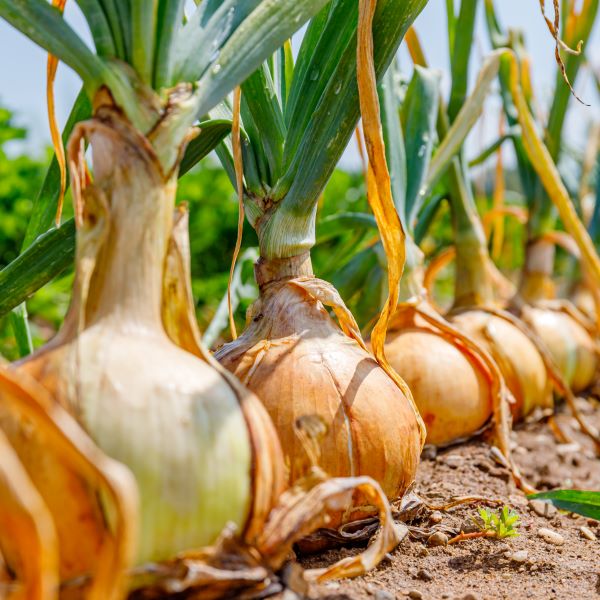Understanding the Difference Between Onion and Coriander
Onion and coriander are two essential ingredients in culinary practices worldwide, each adding distinct flavors and aromas to dishes. Despite their ubiquity in recipes, these two ingredients couldn't be more different in terms of taste, appearance, and usage. Let's delve into the nuances that set onion and coriander apart.
Difference in Appearance:
Onion, belonging to the Allium genus, is a bulbous vegetable characterized by its layered structure and pungent smell. It comes in various colors such as white, yellow, and red, with papery skin covering its multiple layers. Coriander, on the other hand, is a green, leafy herb with delicate, feathery leaves and slender stems. Its appearance is akin to flat-leaf parsley, but its distinctive citrusy aroma sets it apart.
Taste Profile:
The taste of onions is sharp and pungent when raw, and it mellows and sweetens when cooked, imparting depth and richness to dishes. Onions are often used as a base flavor in many cuisines, contributing to the savory foundation of soups, stews, and sauces. In contrast, coriander leaves have a fresh, citrusy flavor with hints of sweetness and a slightly peppery undertone. They are commonly used as a garnish or added towards the end of cooking to preserve their delicate flavor.
Nutritional Variance:
Nutritionally, both onion and coriander offer unique benefits. Onions are rich in antioxidants, particularly quercetin, which may have anti-inflammatory and anti-cancer properties. They are also a good source of vitamin C, fiber, and various essential minerals. Coriander leaves are low in calories but packed with vitamins A, C, and K. They also contain small amounts of minerals like calcium, magnesium, and potassium. Additionally, coriander is believed to aid digestion and may have antimicrobial properties.

Culinary Usage:
Onions are a staple in cooking, forming the flavor base for countless dishes worldwide. Whether sautéed until golden brown for a savory caramelized flavor or finely chopped and added raw for a crisp bite in salads, onions are incredibly versatile. They can be used in both savory and sweet dishes, lending their distinctive taste to everything from curries to cakes. Coriander, on the other hand, is primarily used as a fresh herb to add brightness and freshness to dishes. Its leaves are commonly used as a garnish for curries, salads, soups, and stir-fries, while its seeds are ground into a spice powder known as coriander powder, widely used in spice blends and marinades.
Cultural Significance:
Both onion and coriander hold cultural significance in various cuisines around the world. Onions have been cultivated for thousands of years and feature prominently in Mediterranean, Indian, Middle Eastern, and Latin American cuisines, among others. Coriander, with its origins in the Mediterranean and Middle East, is widely used in Asian, Latin American, and Indian cooking. It is a key ingredient in dishes such as salsa verde, Thai green curry, and Indian dhania chutney, showcasing its versatility across different culinary traditions.
Conclusion:
In summary, while onion and coriander may seem similar due to their frequent use in cooking, they are distinct ingredients with unique characteristics. Onions contribute depth and richness to dishes with their pungent flavor, while coriander adds freshness and vibrancy with its citrusy notes. Understanding the difference between these two ingredients allows chefs and home cooks alike to harness their individual qualities to create delicious and well-balanced meals. So, whether you're caramelizing onions for a hearty stew or sprinkling freshly chopped coriander over a fragrant curry, both ingredients play indispensable roles in the culinary world.























